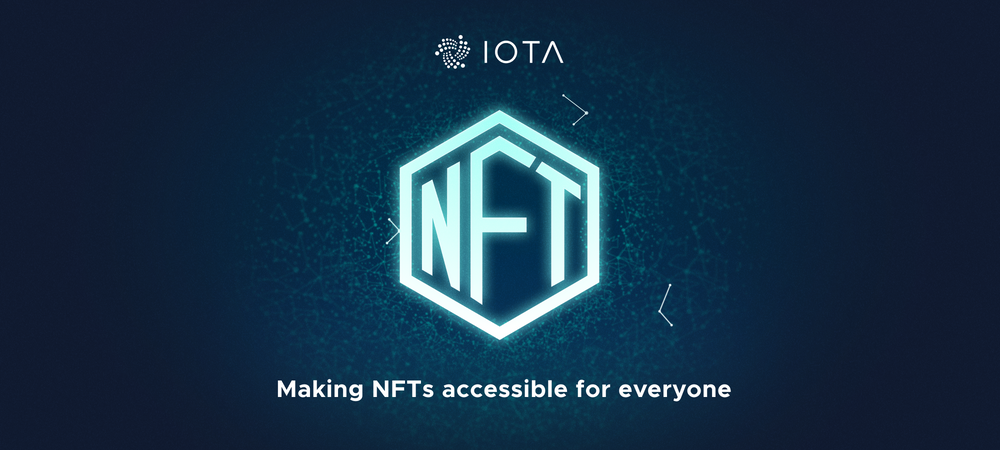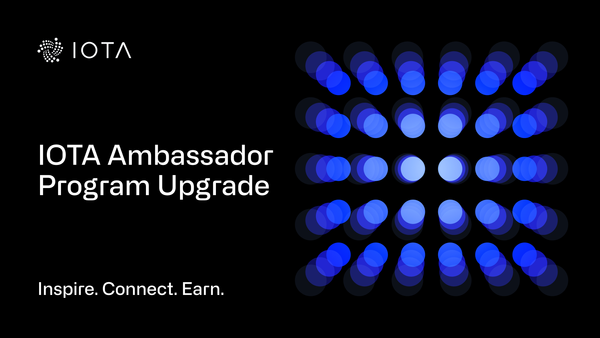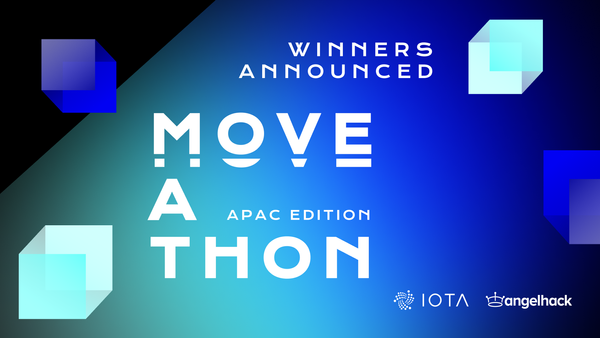IOTA: The Most Accessible DLT Network for NFTs
TL;DR:
The IOTA NFT marketplace, developed by the IOTA community, launches today on the IOTA 2.0 DevNet. Currently available in test mode, the IOTA NFT marketplace is a feeless alternative to the expensive and energy-wasting approaches taken by other networks.
The IOTA NFT marketplace, developed by the IOTA community and launched today on the IOTA 2.0 DevNet, illustrates beyond doubt that the future of digital assets, including NFTs, is feeless, decentralized, green, and accessible to all. This blog post aims to explain how IOTA's feeless protocol makes it the superior distributed ledger technology (DLT) solution for NFT infrastructures, and how our network will solve some of the existing limitations of NFT marketplaces.
Non-fungible tokens (NFTs): What they are and how they work
In recent months, NFTs have been a major talking point among tech-heads, industry experts, and the art world. Even traditional, non-industry media has covered the feverish debate surrounding the possibility of digitally representing assets on a distributed ledger and trading them as so-called NFTs on dedicated platforms. NFTs are cryptographic tokens that represent something unique (or ‘non-fungible’) in digitized form.
Virtually anything can be digitized and represented as an NFT. You can represent and trade digital assets such as digital artworks, video clips, music, or gaming items as NFTs, as well as physical assets such as real estate, paintings, or vintage cars. Thanks to the underlying DLT, ownership of an NFT is digitally certified and can only be changed (either by transferring it or destroying it) by the owner.
Why are NFTs necessary?
Many new use cases are only possible by means of the digitized representation of digital asset ownership. For example, it is possible to program tokens with a royalty function, so when an artist sells his art and the artwork is subsequently resold, he receives a predetermined royalty. Furthermore, NFTs maintain their uniqueness, which makes them an excellent solution for digitizing the collectibles market, where there is proof of ownership and protection from copyright infringement.
Unfortunately, today's NFT solutions also come with some serious drawbacks.
For example, the current process of getting your NFT to a buyer is extraordinarily expensive. Usually, a minting fee for creating the NFT is attached to the process, listing it on a platform costs an additional fee, the NFT platform usually wants a commission on sales, and the actual transaction on the blockchain also involves fees.
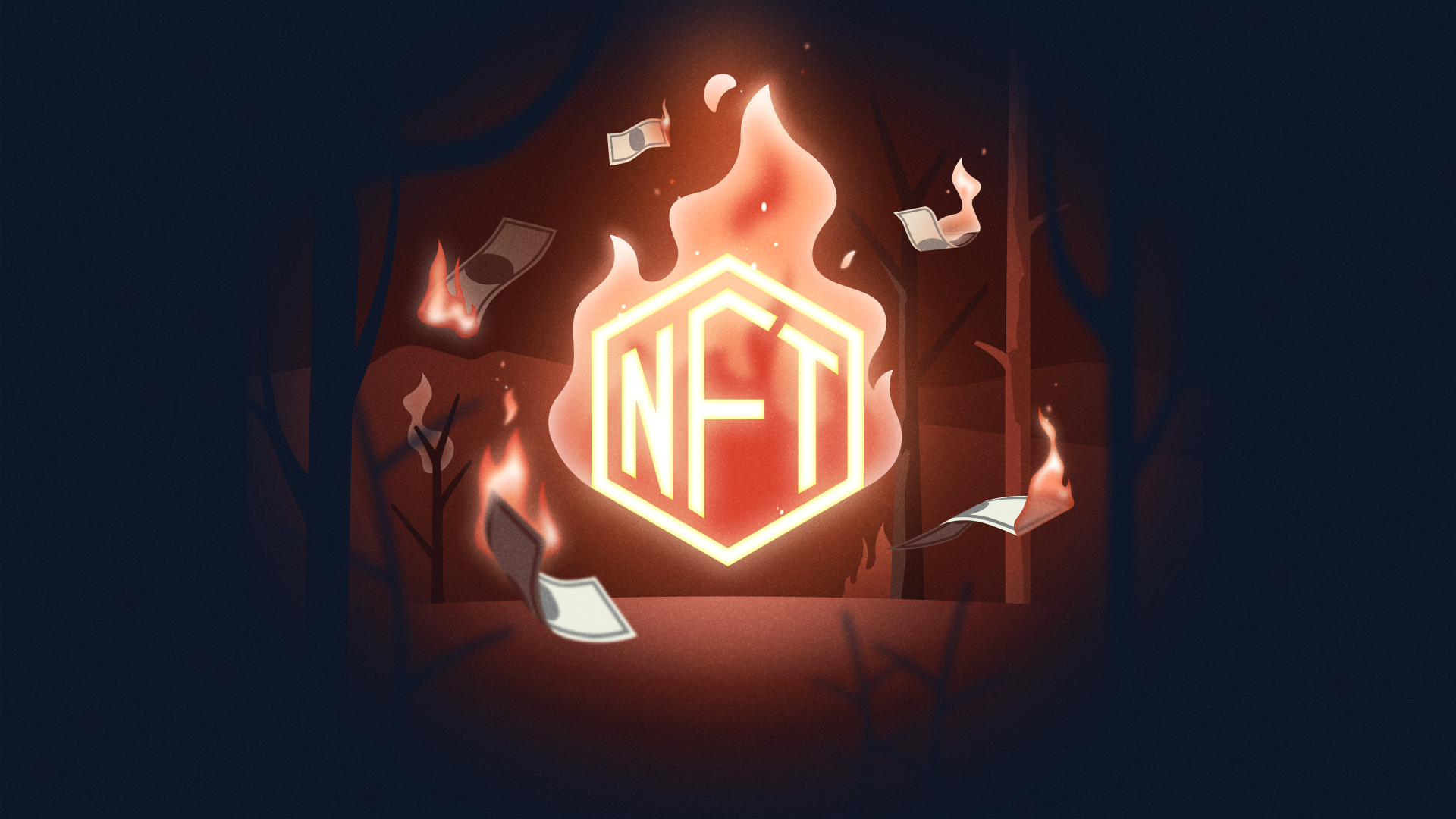
The IOTA Foundation has always had an aversion to fees, as it is our belief that they severely hamper potential business adoption and application of the IOTA technology. The fees paid for NFTs highlight the absurd heights these fees reach when the underlying technology becomes popular and the technical architecture cannot keep up with demand: in fee-based architectures, this usually leads to skyrocketing fees. Smaller, independent artists, in particular, cannot afford such steep prices and are thus excluded from participation in these new markets and ultimately from selling their digital artworks. Selling an NFT using Ethereum on one of the most popular NFT platforms, like Foundation, can quickly amount to more than 200 US dollars in fees. Not to mention the amount of energy Ethereum's underlying blockchain technology wastes with each transaction.
The IOTA Foundation, just like the IOTA community members who have built the first IOTA-based NFT marketplace, imagine NFTs a little differently. If you want to have a detailed look at the IOTA Digital Assets Framework, click here.
A more accessible NFT marketplace - futuristic, fast, almost feeless
Although currently available in test mode only, the new, community-built IOTA NFT marketplace promises a more accessible future for NFTs. Transactions are always feeless on the IOTA network, so this barrier is already gone. Minting fees are also negligible due to the IOTA Digital Assets framework. Only the commission of the IOTA NFT marketplace remains, as the infrastructure has to be powered in some way. All in all, the NFT solution based on the IOTA network will be significantly cheaper than any other existing solution and thus more attractive to all market participants.
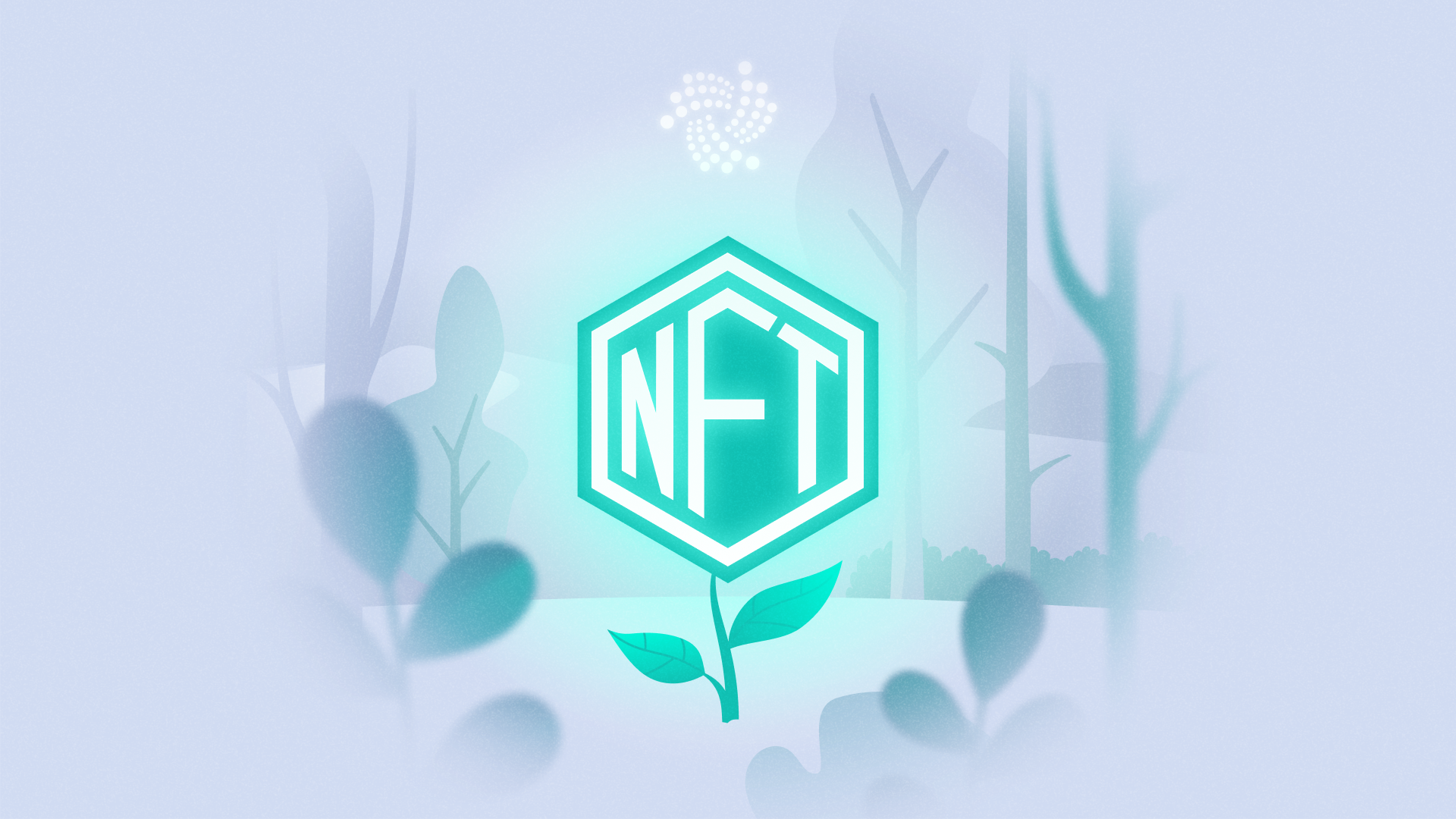
Test it now
Enough with dreams of the future! Thanks to the IOTA NFT marketplace, it is already possible to test the NFT platform powered by IOTA. In this test version, the wallet is managed directly on the IOTA NFT marketplace website, similar to the custody of wallets on major exchanges like Binance, Bitfinex, and Bitpanda. With the addition of a browser wallet and upcoming smart contracts, the IOTA NFT marketplace will become completely decentralized.
Create a free user account today, claim your IOTA 2.0 DevNet tokens via the integrated faucet, and mint your first NFTs. The process is quick, straightforward, and completely free.
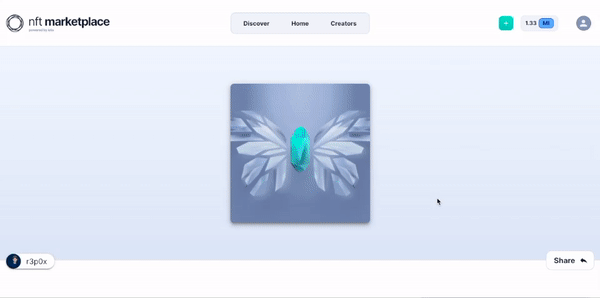
The IOTA NFT marketplace also allows the general public to use the decentralized IOTA 2.0 DevNet for the first time in a broader use case.
We are very excited about this contribution from the community to the IOTA ecosystem. It shows that our ecosystem is eager to build and try out their use cases on our decentralized network - getting ready for the decentralized version of our mainnet. We are stunned by how fast the IOTA NFT marketplace has been realized. Only a few weeks following the launch of our DevNet, they have already built an impressive test version of their future product. We are proud to have such an amazing ecosystem that works with us to achieve a more open, trusted, and accessible DLT environment.
The members of the IOTA Foundation can't wait to get their digital artwork out to the market. You can join the IOTA NFT marketplace community on Discord.

